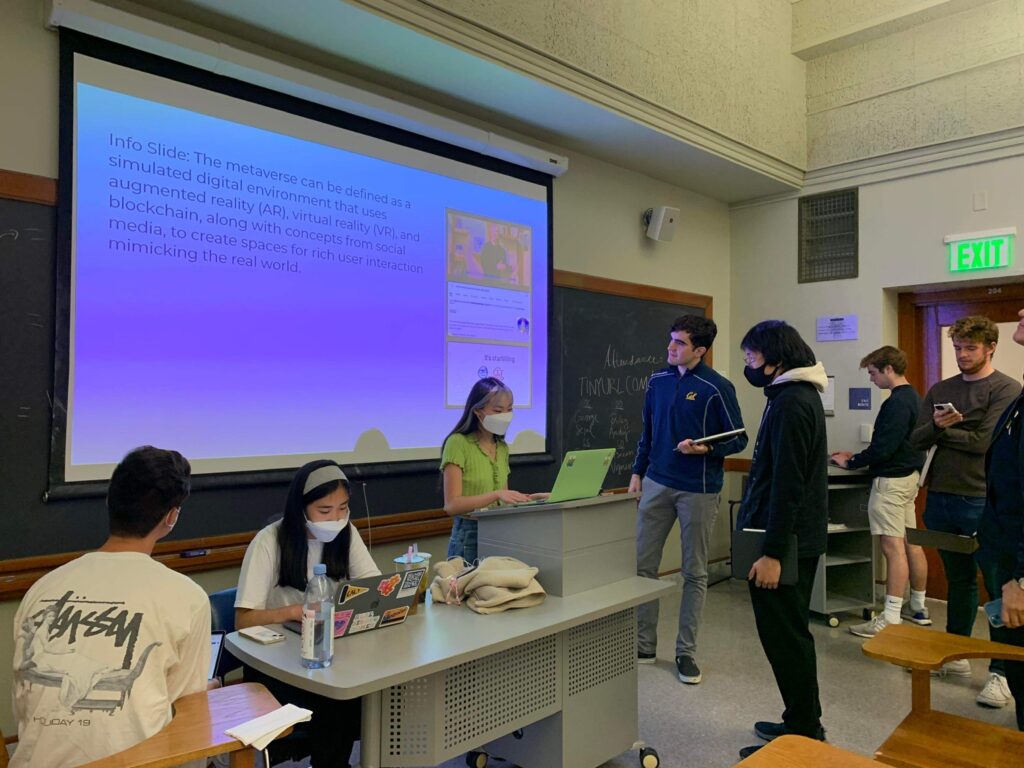October 24, 2022 IN: Our Voices, Staff Blog
Data equity for Southeast Asian American students is long overdue

By Diane Chao
From kindergarten to 12th grade, I attended Title I public schools with a majority-minority student body. And as is the case of the vast majority of school districts, my school district did not collect ethnic data on most Asian American sub-categories, which otherwise could have informed the cultural competency of student instruction and resources.
The lack of meaningful data analysis and the absence of targeted resources particularly affected my fellow Burmese peers, many of whom migrated to the United States and entered the school system mid-year. Due to limited English proficiency, cultural barriers, and adjustment issues, it was difficult for many Burmese families to navigate through the American education system. These hardships were compounded by a lack of school funding, which further prevented accommodations for underserved students. Southeast Asian American (SEAA) students also experienced these stressors, which affected their academic performance, sense of belonging, and mental health. These challenges are common within the Southeast Asian community, but they are left invisible without proper data collection.
As a first-generation college student, my motivation to pursue higher education led me to seek out the process of preparing for and applying to college—albeit, through independent research. I would describe the first-generation college experience as a series of overcoming barriers, such as information asymmetry and the lack of K-12 college preparatory programs. With targeted school resources and policy support, this process would have been more seamless for my peers and me. However, the lack of data equity distorts and invisibilizes our communities’ needs. As stated in our Southeast Asian American Journeys report, SEAAs have been “replaced, overlooked, and masked behind the broader Asian American ‘model minority’ myth that all Asian Americans are thriving compared to other communities of color.”
When student data is not disaggregated by ethnicity, education agencies and providers are ill-equipped to evaluate information that accurately represents the needs and outcomes of students from distinct ethnic backgrounds.
The myth does not describe the reality of low educational attainment among SEAAs. It categorizes Asian Americans as high-achieving and independent from government assistance, which may demotivate Asian American students, including SEAAs who do not fit into the false narrative.
Returning to school this academic year brings to mind the ongoing achievement and opportunity gaps among students from different ethno-racial backgrounds. This gap reflects disparities in academic outcomes, starting from early childhood, persisting through K-12, and leading up to higher education access. When student data is not disaggregated by ethnicity, education agencies and providers are ill-equipped to evaluate information that accurately represents the needs and outcomes of students from distinct ethnic backgrounds. Racial data does not adequately encapsulate the average performance and needs of students across ethnic groups.
For example, among Asian Americans, 31% hold a bachelor’s degree as the highest level of education. Yet, this rate is more than double the percentage of Burmese, Cambodian, or Laotian Americans who acquired a bachelor’s degree (at 15% per ethnic group, per AAPI Data’s report). As such, data disaggregation allows us to better identify inequities within each subgroup and allocate resources to narrow the achievement and opportunity gap. The stakes are especially high as schools begin to transition from online and hybrid modes of teaching that were put into place during the pandemic. The reality is that many students will return in-person with learning loss due to a lack of access to resources during COVID-19’s school shutdowns. Disaggregating education data within racial groups can help reveal which subgroups of students the pandemic has disproportionately impacted.
Educational attainment is a primary driver of social mobility. But educational achievement and opportunity gaps continue to increase intergenerational poverty for disadvantaged families. The time is now for our education system to pursue data equity to increase academic performance, enhance learning outcomes, and promote college readiness for Southeast Asian students.





